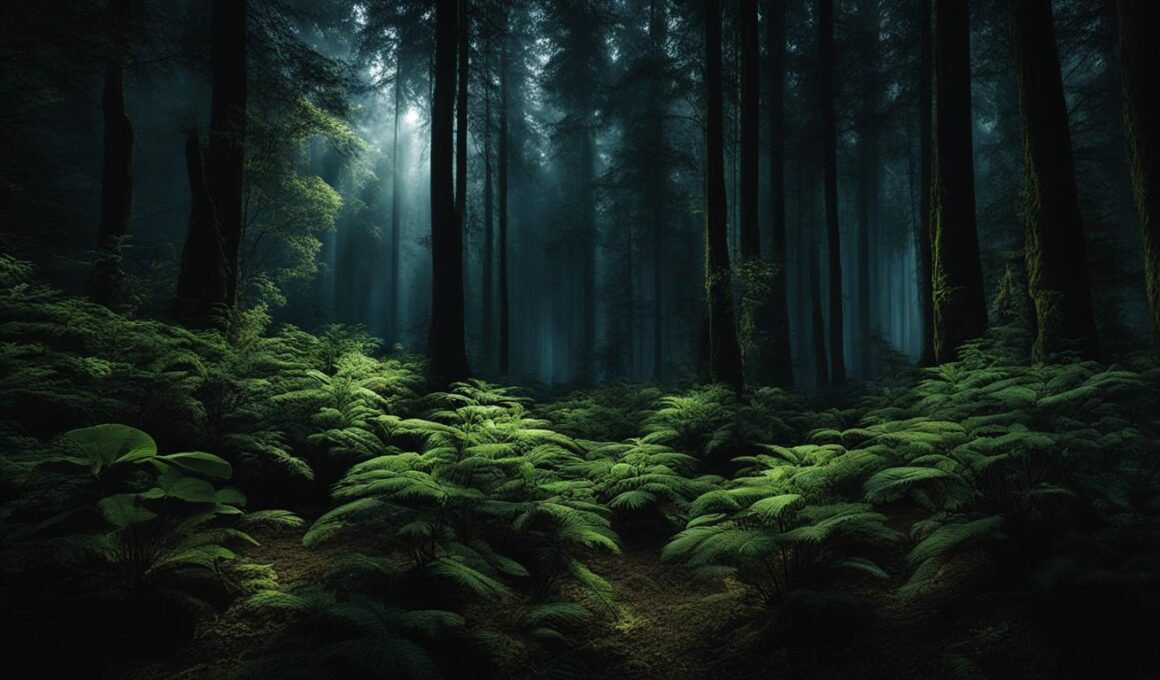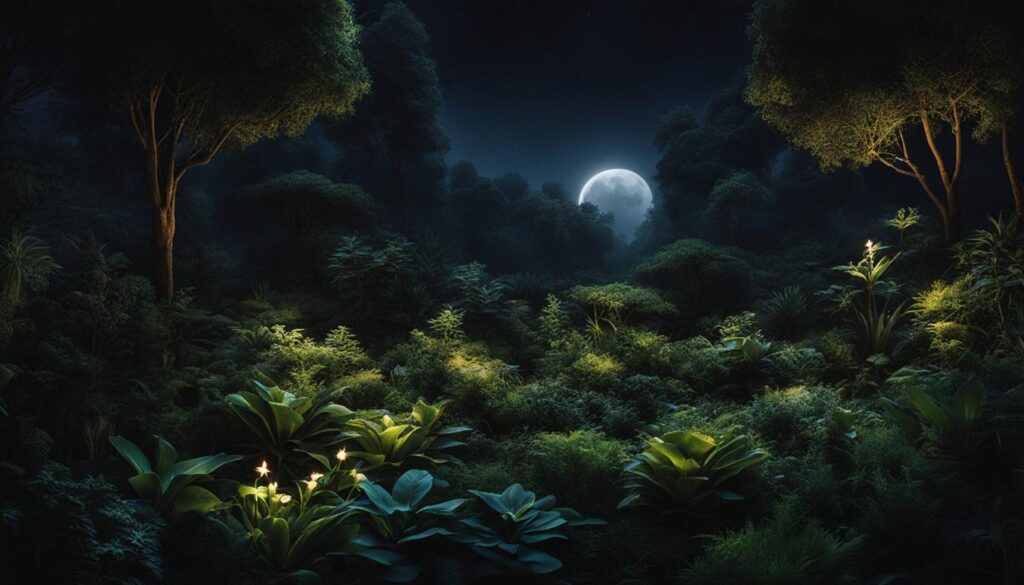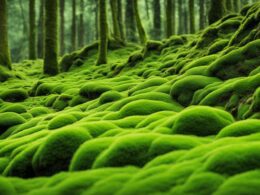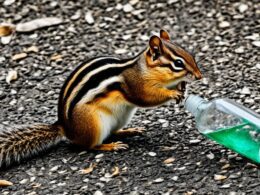Have you ever wondered if plants grow at night? Contrary to popular belief, plants do not simply rest during the nighttime hours. In fact, they continue to perform various activities that contribute to their growth and survival. Understanding how plants behave at night can provide valuable insights into their nocturnal behavior and contribute to successful gardening and plant care.
Firstly, plants respire day and night. Respiration is the process by which plants take in oxygen and release carbon dioxide. This continuous respiration fuels growth and metabolic functions in plants. So, even at night, plants are actively using energy to sustain themselves.
Furthermore, plants actually experience growth at night. Some plants even grow faster during the nighttime hours compared to the daytime. While plants take up water at a slower rate at night, they still engage in vertical growth during this time. It’s fascinating to observe how plants prioritize their growth activities, even in the absence of sunlight.
Did you know that some plants bloom at night? These plants have evolved to attract nocturnal pollinators like bats and moths. By blooming during the nighttime, they ensure that they can efficiently reproduce and continue their life cycle.
To understand plant growth fully, it’s essential to consider factors like light intensity and temperature. Light plays a crucial role in photosynthesis, which is vital for plant growth. Different plants have varying light requirements and respond differently to the duration of light exposure. Additionally, temperature also influences plant growth, with each plant species having its specific temperature preferences.
So the next time you gaze at your garden in the moonlight, remember that it’s not just a peaceful scene. It’s a bustling ecosystem of plants, engaging in respiration, growth, and even blooming. Plants truly are fascinating, both day and night.
Plant Respiration and Growth at Night
Plants engage in respiration, a process where they take in oxygen and release carbon dioxide, day and night. This continuous respiration fuels growth and metabolic functions in plants. At night, plants burn stored energy to support growth.
The growth that occurs during nighttime tends to be vertical and unaffected by the daytime tendency of plants to grow towards light. Some plants may even grow faster at night as they focus their energy resources on growth rather than photosynthesis.
Plant respiration plays a vital role in nighttime plant growth. During respiration, plants break down carbohydrates and release energy that fuels growth processes. This allows plants to continue growing and developing even in the absence of sunlight.
- Plants burn stored energy at night to support growth.
- Nighttime growth tends to be vertical and unaffected by light.
- Some plants may grow faster at night as resources are focused on growth.
While photosynthesis primarily occurs during the day, plant respiration ensures that growth and metabolic functions continue throughout the night. This continuous process highlights the dynamic nature of plant growth and their ability to thrive in various environmental conditions.
Water Uptake and Transpiration at Night
Plants have fascinating mechanisms for water uptake and loss, especially during the nighttime. While they take in water at night, the rate is slower compared to the daytime. This slower rate can be attributed to the fact that plants do not undergo photosynthesis in the dark, requiring less water for this process. However, water uptake at night still plays a crucial role in plant survival and growth.
One key process that utilizes most of the water taken up by plants is transpiration. Transpiration is the evaporation of water through tiny openings called stomata on the leaves. It serves several important functions such as cooling the leaves, transporting water from the roots to the foliage, and maintaining cell turgidity.
Although plants do transpire at night, the rate is lower compared to during the day. This is primarily because plants have lower gas exchange requirements at night. The lower transpiration rate allows plants to conserve water while still meeting their essential water transport and cooling needs.
The Impact of Light and Temperature on Plant Growth
Light plays a crucial role in the growth and development of plants. It is essential for the process of photosynthesis, where plants convert light energy into chemical energy for growth. Light intensity is a key factor that affects plant growth. Higher light intensities stimulate plant growth, resulting in longer stems, vibrant leaf colors, and increased flower production. However, different plants have different light requirements, with some thriving in lower light conditions, while others need a higher light intensity to flourish.
In addition to light intensity, the duration of light exposure also influences plant growth. Plants depend on light as an energy source, using it to fuel their growth. The length of time plants are exposed to light affects their overall growth rate. Adequate light exposure allows plants to maximize photosynthesis and utilize the energy to produce healthy foliage, robust stems, and vibrant flowers.
Temperature is another crucial factor that influences plant growth. Different plants have specific temperature preferences, and maintaining the appropriate temperature range is essential for their optimal growth and development. Some plants thrive in warmer temperatures, while others prefer cooler conditions. When plants are exposed to their preferred temperature range, they can efficiently carry out metabolic processes and physiological activities, resulting in healthy growth, strong root systems, and improved overall plant performance.
Can Sweetgrass Grow at Night?
Sweetgrass is a resilient plant that thrives in a variety of conditions. However, it is typically found in sunny, open areas where sweetgrass grows abundantly. This plant is not typically known for growing at night, as it requires sunlight for photosynthesis.










